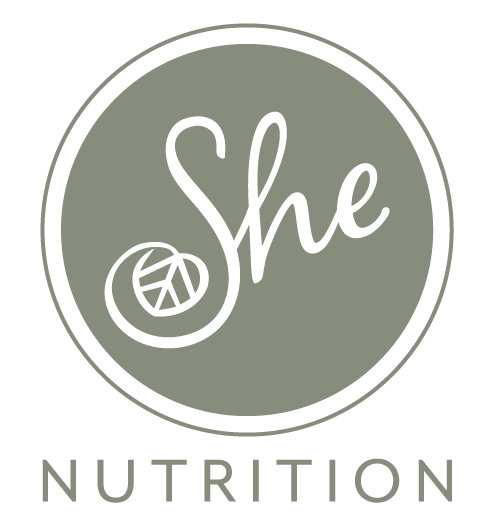What Should I Eat? 3 Essential Nutrition Skills for Midlife Women
It’s one of the most common questions I hear: “What should I eat?” And while I’d love to give a simple, one-size-fits-all answer, the truth is—what you eat depends on you.
Your food choices are shaped by so many factors: what’s available to you, your cooking skills, how much time you have, your family dynamics, your daily routine, and even your stress levels. That’s why rigid meal plans and restrictive diets rarely work long-term.
Instead of following a strict diet, midlife women need nutrition skills—practical, adaptable habits that fit their bodies, priorities, and lifestyles. Whether your goal is to lose weight, build muscle, or simply feel better, mastering these three skills can make the biggest impact.
1. Systematically Plan Healthy Meals
Ever find yourself standing in front of the fridge at 6 p.m., wondering what to eat? That’s where meal planning can be a game-changer.
Healthy eating starts with intentional choices—not last-minute scrambling. Planning meals in advance helps you:
✅ Save time and reduce stress
✅ Avoid grabbing whatever is easiest (but not necessarily nutritious)
✅ Ensure meals are balanced with enough protein, fiber, and healthy fats
💡 In practice, this looks like:
Taking 10-15 minutes each week to plan meals that align with your goals
Making sure each meal has a good protein source (chicken, fish, eggs, tofu, cottage cheese), fiber (vegetables, whole grains, legumes), and healthy fats (olive oil, avocado, nuts)
Batch-cooking proteins or prepping ingredients to make meals easier during busy weekdays
It’s not about perfection—it’s about having a plan.
2. Minimize Processed Foods
This doesn’t mean cutting out all processed foods, but rather being mindful of what you’re choosing. Many processed foods are loaded with added sugars, unhealthy fats, and low-quality ingredients that don’t support your health.
💡 In practice, this looks like:
Choosing complex carbs (quinoa, brown rice, whole grain bread) over refined ones (white bread, pastries)
Prioritizing healthy fats (olive oil, nuts, fatty fish) over saturated or trans fats (fried foods, processed snacks)
Opting for whole foods—if it comes in a package with a long ingredient list, think twice
You don’t have to give up your favorite foods—just make smarter swaps where you can.
3. Tune Into Hunger & Appetite Awareness
One of the most underrated skills for midlife women is learning to listen to your body. As metabolism shifts, energy needs change, and so does appetite. Instead of eating on autopilot, practicing mindful eating can help you avoid overeating and make food more satisfying.
💡 In practice, this looks like:
Eating slowly—taking at least 15-20 minutes for meals instead of rushing
Stopping when you’re satisfied, not stuffed
Checking in with your hunger before eating—Am I actually hungry, or just bored, stressed, or tired?
By tuning in to your natural hunger cues, you can eat in a way that feels good and supports your goals without strict calorie counting or food rules.
The Bottom Line
The best diet for you isn’t a rigid plan—it’s one that’s flexible and sustainable. By building these nutrition skills, you’ll be able to eat in a way that supports your body, your priorities, and your lifestyle—now and for the long run.
Do you need help figuring out what to eat to improve your health, increase your energy, lose weight, gain muscle during peri and post menopause?
